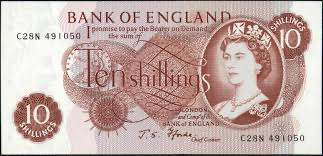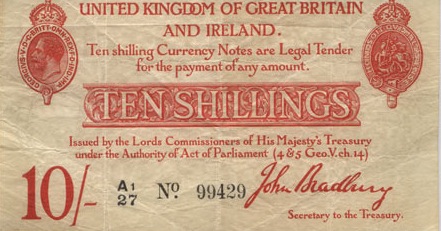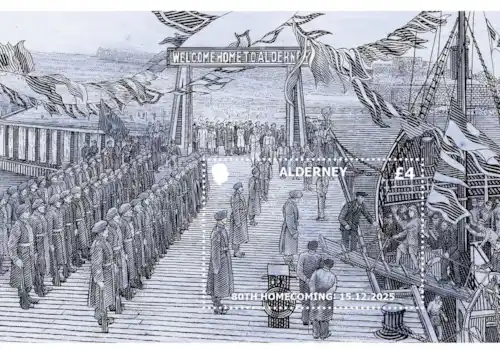06 August 2025
|
The Bank of England first issued the 10 Shilling banknote in 1928 and continued printing it until 1969. What is the note worth now? And why was it so special at the time?
The ten-shilling note was the smallest amount note ever issued by the Bank of England and was ceased to be legal tender in 1970. Discontinued in favour of the 50p coin, a favourite amongst collectors now.
The History of the 10-Shilling Bank Note
The first Bank of England 10-shilling notes were two sided, red, printed banknotes. They featured the declaration “I promise to pay the bearer on demand the sum of ten shillings.” These declarations remain on the Bank of England notes to this day.
In August 1914, the British economy was in trouble because of the oncoming war. Bankers and politicians were trying to secure Britain’s finances and stop the banks collapsing. The Government decided that a large supply of banknotes should be made available for the value of 10 shillings. The government issued the note themselves instead of waiting for the Bank of England.
These became known as the Treasury banknotes and were unlike anything the British public have ever seen.
In 1928, the printing of the 10-shilling moved back to the Bank of England and remained with them until they ceased circulation in 1969.
Suggested article: How much is a shilling worth?

The Design of the 10-Shilling Bank Note
The 10-shilling note was made of cotton paper and was a large rectangular sheet. The Secretary to the Treasury signed it because the Government published it directly. It featured a small image of George V and had TEN SHILLINGS displayed across the sheet in a dark red colour. All other writing on the sheet were also in the dark red colour.
In 1948, the dark red/brown colour continued to highlight the 10-shilling note, but it was then introduced that there will be a metal thread introduced through the bank note.
In 1961, a new design was introduced with a portrait of Queen Elizabeth II. The reverse design featured the logo of the Bank of England. This was before it was decided that the reverse should feature British historical figures.

The Value of the 10-Shilling Bank Note
At face value the note is still worth 50p, however, if you find the right collector who wants your note and if you have a specific special version then you are in luck.
For example, a 10-shilling note of the first run with the MO1 prefix can be valued at £440. Another example is the 10-shilling 62A replacement which recently sold for £68 on eBay.
The valuations vary dramatically depending on condition, originality and rarity. If you’re lucky, you could be earning up to £100 from a 50p note!
Explore the world of stamp collecting with our magazine Stamp Collector inc Coin Collector available now!







